- No products in the cart.
Ekskhol tab n / 500mg film about 50 pc
$32.25
Ekskhol tab n / 500mg film about 50 pc
SKU: 265783634 Categories: Digestive tract, Hepatoprotectors, Medicaments Tags: Loading..., ursodeoxycholic acid
Description
Composition
Active substance:
1 tablet contains: 500 mg of ursodeoxycholic acid ;.
Excipients:
Calcium hydrogen phosphate dihydrate 40 mg Calcium stearate 7 mg, 28 mg sodium carboxymethyl starch, potato starch 33.5 mg, 58 mg mannitol, macrogol (polyethylene glycol 4000) 3.5 mg Povidone K-30 30 mg; composition of the film coating: Opadry White 20 mg, including: hypromellose (hydroxypropyl methylcellulose) 6.75 mg giproloza (hydroxypropylcellulose) 6.75 mg talc 4 mg titanium dioxide 2.5 mg.
Description:
Tablets oval, biconcave with Valium, film-coated white or nearly white.
Product form:
Tablets, film-coated, 500 mg.
10 tablets in blisters of PVC film and aluminum foil printed patent.
Of 50 or 100 tablets in a jar for polymer drugs.
At 1, 3, 5, 10 contour cell packs of 10 tablets or bank 1 for polymeric drugs together with instructions for use in a pile of cardboard.
Contraindications
Hypersensitivity to ursodeoxycholic acid or any of the components of the preparation, rentgenpolozhitelnye (high calcium) gallstones, nonfunctioning gallbladder, acute infectious and inflammatory diseases of the gall bladder, bile ducts and intestine, liver cirrhosis to decompensation step, expressed hepatic and / or renal failure , pancreatitis, adults and children weighing up to 34 kg, children up to 3 years for a given LF.
Dosage
500 mg
Indications
Dissolution of small and medium-sized stones with cholesterol functioning gall bladder; biliary reflux gastritis; primary biliary cirrhosis with no signs of decompensation (symptomatic treatment); chronic hepatitis of various genesis; primary sclerosing cholangitis; cystic fibrosis (cystic fibrosis); nonalcoholic steatohepatitis; Alcoholic liver disease; biliary dyskinesia.
Overdose
Cases of overdose have been identified. In the case of overdose symptomatic treatment.
Interaction with other drugs
Antacids containing aluminum, ion exchange resins (colestyramine, colestipol) reduce the absorption of UDCA. If the use of preparations containing at least one of these substances is still necessary, they must be taken at least 2 hours before receiving Ekskhol® preparation.
Ursodeoxycholic acid can enhance cyclosporine absorption from the intestine. Therefore, in patients receiving cyclosporin, its concentration in the blood is necessary to monitor and adjust the dose of a cyclosporin, if necessary.
In some cases Ekskhol® drug may reduce the absorption of ciprofloxacin.
Lipid-lowering drugs (particularly clofibrate), estrogens, progestins, or neomycin increase saturation bile cholesterol and may reduce the ability to dissolve cholesterol gallstones.
pharmachologic effect
Pharmacological group:
Hepatoprotective agent.
Pharmacodynamics:
Hepatoprotective agent has also choleretic, cholelitolitic, hypolipidemic, hypocholesteremic and a immunomodulatory effect. Having high polar properties, ursodeoxycholic acid (UDCA) forms a non-toxic mixed micelles with apolar (toxic) bile acids, which reduces the ability of the gastric reflyuktata damage cell membranes with biliary reflux gastritis and reflux esophagitis. Furthermore, UDCA forms double molecules that can be included in the composition of cell membranes (hepatocytes, cholangiocytes, epithelial cells of the gastrointestinal tract (GIT)), to stabilize them and make impervious to the action of cytotoxic micelles. Decreasing the concentration of toxic to liver cells of bile acids and stimulating cholepoiesis rich bicarbonates, UDCA effectively facilitates resolving intrahepatic cholestasis. It decreases the saturation of bile with cholesterol by inhibiting its absorption in the intestine, suppression of hepatic synthesis and secretion into bile lowering; increases the solubility of cholesterol in the bile, forming with it the liquid crystals; It reduces the lithogenic index of bile. The result is the dissolution of cholesterol gallstones and preventing the formation of new stones. . Immunostimulatory effect due to inhibition of the expression of HLA-1 antigens on the membranes of hepatocytes and HLA-2 cholangiocytes, normalizing activity of natural killer lymphocytes, etc. Significantly delay progression of fibrosis in patients with primary biliary cirrhosis, cystic fibrosis, and alcoholic steatohepatitis; It reduces the risk of esophageal varices. UDCA slows premature aging and cell death (hepatocytes, cholangiocytes et al.).
Pharmacokinetics:
UDCA is absorbed in the small intestine due to passive diffusion (approximately 90%) and in the ileum by an active transport. The maximum plasma concentration (Cmax) when administered 50 mg of 30, 60, 90 min – 3.8 mmol / l 5.5 mmol / l and 3.7 mmol / l, respectively. Cmax is reached after 1-3 hours Connection to plasma proteins is high -. Up to 96-99%. It crosses the placental barrier. At regular UDCA reception becomes primary bile acid in the serum and amounts to about 48% of the total bile acids in the blood. The therapeutic effect of the drug depends on the concentration of UDCA in bile.
It is metabolized in the liver (the clearance at the initial passage through the liver) in the taurine and glycine conjugates. The resulting conjugates are secreted into bile. Approximately 50-70% of the total dose of the drug is excreted in the bile. A slight amount of not sucked enters UDCA to the colon, where bacteria undergoes cleavage (7-dehydroxylation); lithocholic acid formed partially absorbed from the colon but sulfated in the liver and excreted as rapidly sulfolitoholilglitsinovogo or sulfolitoholiltaurinovogo conjugate.
Pregnancy and breast-feeding
Use of the drug Ekskhol® during pregnancy is possible only when the expected benefit to the mother outweighs the potential risk to the fetus. Data on the allocation of UDCA in breast milk are not currently available. If necessary, use during lactation should decide the issue of termination of breastfeeding.
Conditions of supply of pharmacies
Prescription.
side effects
WHO classification (World Health Organization), the incidence of side effects: often – by> 1/100 to 1% and
special instructions
For the successful dissolution of gallstones is necessary that the stones were pure cholesterol, no larger than 15-20 mm, gall bladder must remain functional and to be filled with stones not more than half, bile duct must fully maintain its function.
During the first three months of treatment is necessary to monitor the activity of “liver” transaminases, alkaline phosphatase (ALP), gamma-glutamintransferazy (GGT), bilirubin, serum concentration every 4 weeks, then every 3 months.
Holitsistografiyu should be carried out every 4 weeks during the first 3 months of treatment in the future – every 3 months. Monitoring the effectiveness of the treatment should be performed every 6 months during the ultrasound and X-ray examination of biliary tract during the first year of therapy.
Detection during treatment nevizualiziruemaya gallbladder is a testament to the fact that the complete dissolution of the stones did not happen, and the treatment should be discontinued. In cases of calcification of stones, poor contractility of the gall bladder or frequent bouts of colic Ekskhol® drug should not be used. If within 6-12 months after initiation of therapy partial dissolution of calculi has not occurred, it is unlikely that the treatment will be effective. After complete dissolution of concrements encouraged to continue in use for at least 3 months, in order to facilitate the dissolution of residual stones, the dimensions of which are too small to be detected and for preventing recurrence of stone formation.
Patients with diarrhea should reduce the dosage of the drug. In persistent diarrhea should discontinue treatment.
In case of need long-term treatment with high doses of UDCA (30 mg / kg / day), application of the drug can lead to serious adverse events in patients with primary sclerosing cholangitis.
Effects on ability to drive a vehicle and other mechanisms
In applying the drug Ekskhol® influence on the ability to drive, not identified mechanism.
Storage conditions
At temperatures above 25 C in the package manufacturer.
Keep out of the reach of children.
Dosing and Administration
The inside is not liquid, squeezed with sufficient water.
Dissolution of cholesterol gallstones
Ekskhol® recommended dose is 10 mg drug / kg body weight per day.
The entire daily dose is taken once at night. The course of treatment – 6 – 12 months. For the prevention of the recurrence of stones it is recommended to take the drug for a few months after the dissolution of stones.
Treatment of biliary reflux gastritis.
250 mg a day, at bedtime. The course of treatment – from 10-14 days to 6 months, if necessary – up to 2 years.
Symptomatic treatment of primary biliary cirrhosis.
The daily dose depends on the body weight of 10-15 mg / kg / day (if necessary – up to 20 mg / kg) in 2-3 hours for the first 3 months of treatment. After the improvement of “liver” indicators daily dose once in the evening can be used.
The duration of treatment is not limited. In rare cases, early clinical symptoms may worsen (participation itching). In this case, reduce the daily dose and then gradually increase the dosage (weekly increasing the daily dose) until such time until you reach the recommended dosing regimen.
In chronic hepatitis of various genesis, nonalcoholic steatohepatitis, alcoholic liver disease
Ekskhol® drug is administered in a daily dose of 10-15 mg of ursodeoxycholic acid per 1 kg of body weight in 2-3 divided doses continuously for a long time (6-12 months or longer).
In primary sclerosing cholangitis and cystic fibrosis (mucoviscidosis)
In primary sclerosing cholangitis: 12-15 mg / kg / day (20 mg / kg) of body weight per day in 2-3 divided doses. Duration of treatment – from 6 months to several years. In cystic fibrosis (mucoviscidosis): 20-30 mg / kg per day in 2-3 divided doses. Duration of treatment – from 6 months to several years.
When biliary dyskinesia
The average daily dose of 10 mg / kg in 2 hours for 2 weeks to 2 months. If necessary, treatment is recommended to repeat.
Fail to exercise dosing regimen recommended dosage form is a capsule, Ekskhol, 250 mg.
Children older than 3 years of ursodeoxycholic acid administered alone, the rate of 10-20 mg / kg / day.
Information
Appearance may differ from that depicted in the picture. There are contraindications. You need to read the manual or consult with a specialist
Additional information
| Weight | 0.100 kg |
|---|---|
| Manufacturer | Loading… |

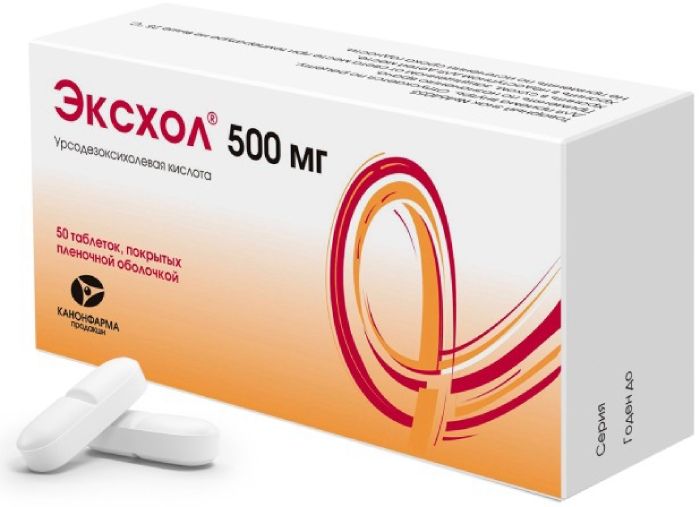
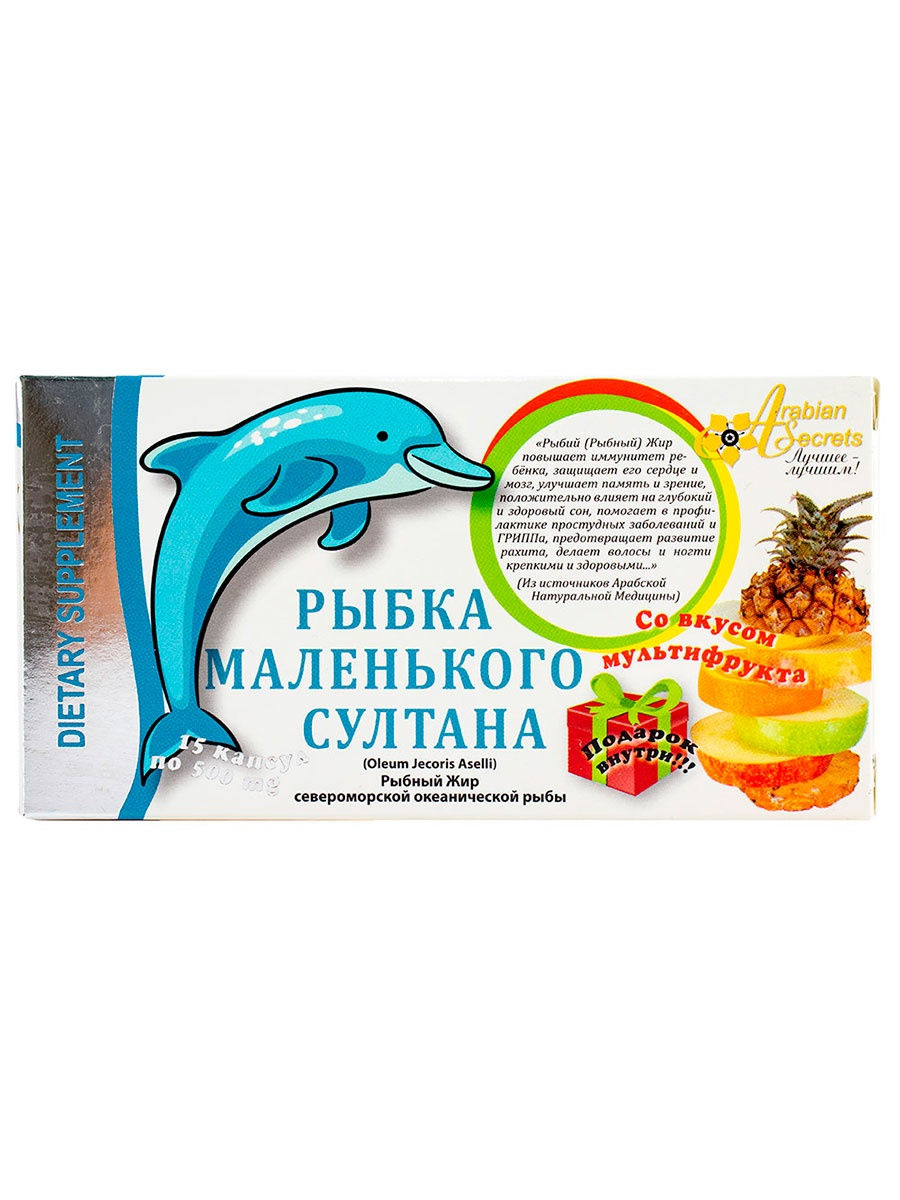

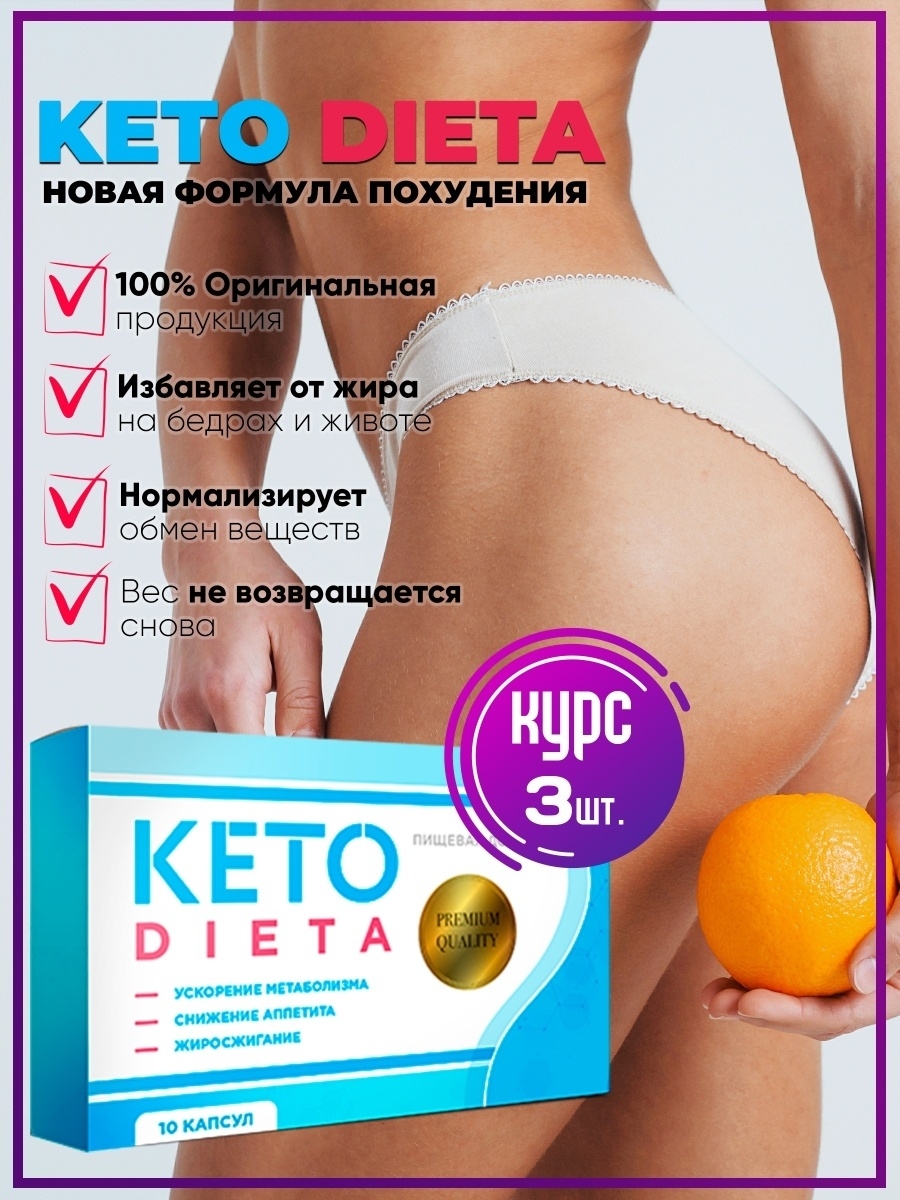
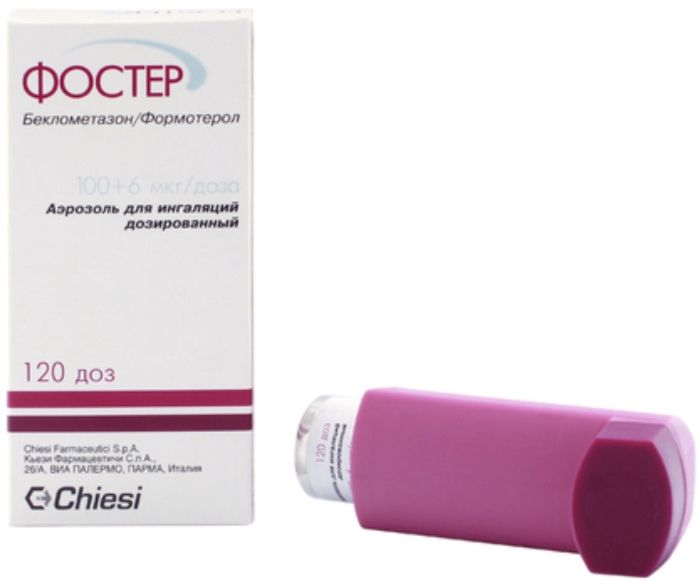
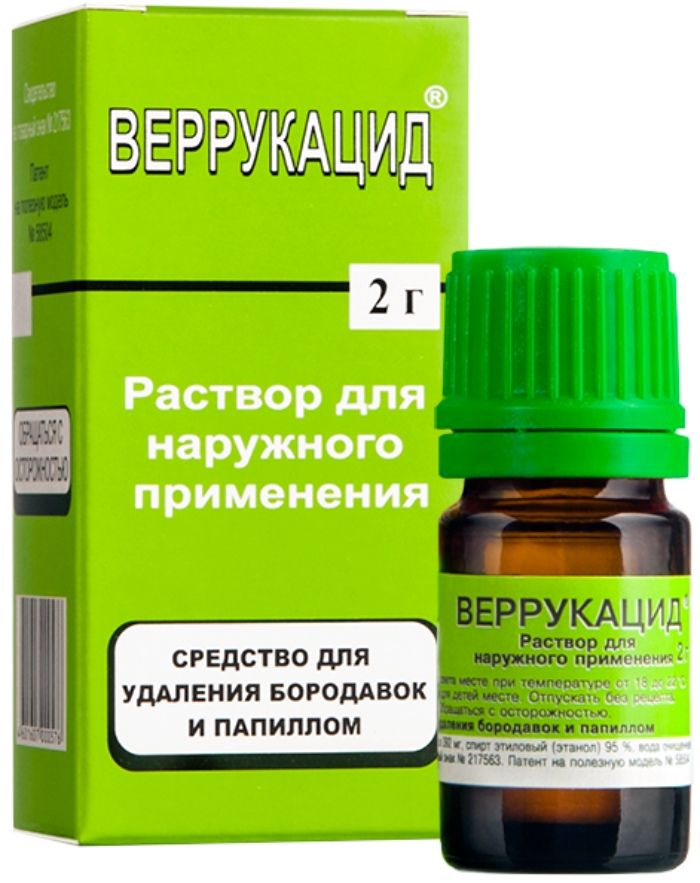
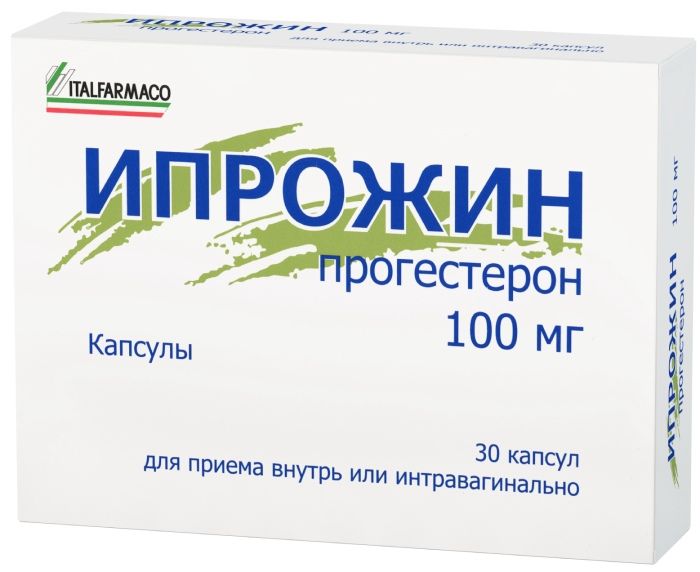




There are no reviews yet.